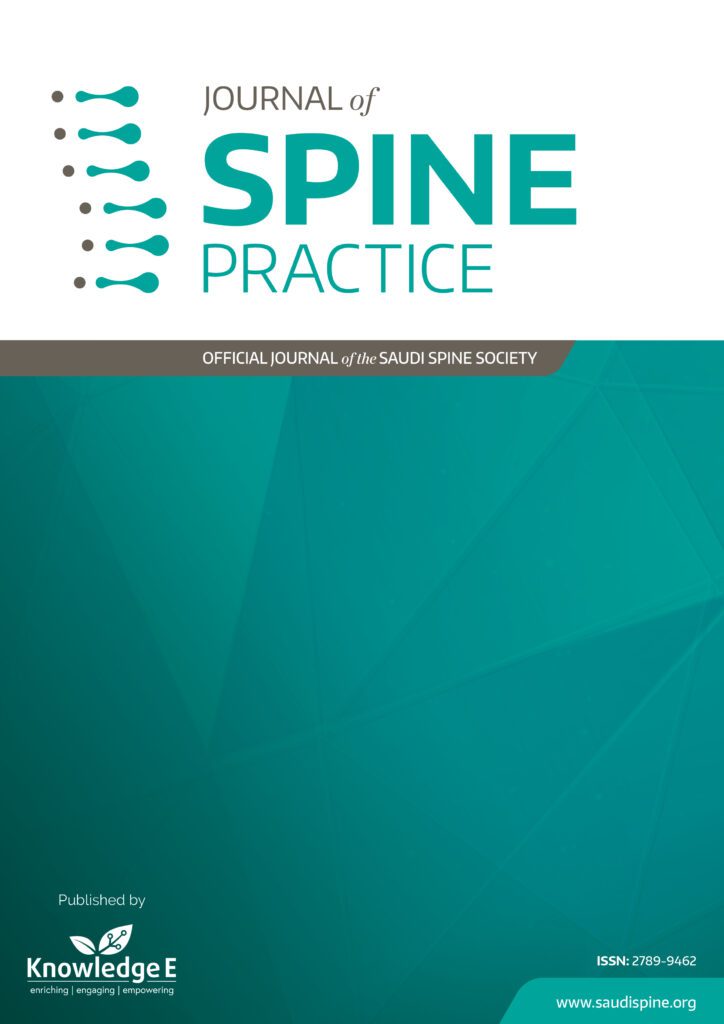
Journal of Spine Practice
ISSN: 2789-9462
Leading research in all spine subspecialties focusing on orthopaedic spine, neurosurgery, radiology, and pain management.
Does Dynamic Taping Affect Pain, Endurance, Disability, Mobility, and Kinesiophobia in Individuals with Chronic Nonspecific Low Back Pain? A Randomized Controlled Trial
Published date:Nov 07 2021
Journal Title: Journal of Spine Practice
Issue title: Journal of Spine Practice (JSP): Volume 1, Issue 1
Pages:47
Authors:
Abstract:
Introduction: Evidence suggests that the application of Kinesio tape (KT) on patients with chronic nonspecific low back pain (CNLBP) is inconclusive. Dynamic tape (DT) is a relatively new treatment technique, which is increasingly being used as an adjunctive method to treat musculoskeletal problems. To the best of our knowledge, no study has investigated the application of DT in individuals with CNLBP. Thus, there is a need to compare the immediate and short-term effects of DT versus KT and no tape among patients with CNLBP on pain, endurance, disability, mobility, and kinesiophobia.
Methodology: Forty-five patients with CNLBP were randomly divided into three groups: the DT group (n = 15), the KT group (n = 15), and the control group (n = 15). No tape was applied to the control group. The allocation and assessment procedures were blinded. The outcome measures were assessed before the tape application (baseline), 15 min after the tape application (immediate effect), and on the third day post tape application (short-term effect). The primary outcomes of pain, endurance, and disability were measured through the visual analog scale (VAS), Biering–Sorensen test, and Oswestry disability index (ODI), respectively. Secondary outcome measures of mobility and kinesiophobia were measured using the modified Schober test and the Tampa Scale of Kinesiophobia, respectively.
Result: The demographic and baseline characteristics between groups were compared by the one-way analysis of variance (ANOVA) for parametric variables and the Chi-square test for nonparametric variables. A mixed-methods ANOVA (3 ´ 3) was used to analyze the main effect (group effect and time effect) and time ´ group interaction. No significant immediate and short-term differences were found between DT and KT in pain, disability, mobility, and kinesiophobia. Improved back extensor endurance was observed for the DT group compared to the KT (p = 0.023) and control (p = 0.006) groups.
Conclusion: This randomized controlled trial showed that the DT does not have a significant additional effect on pain, disability, mobility, and kinesiophobia among individuals with CNLBP compared to KT. However, participants experienced significant improvement in back muscular endurance after the application of DT. This finding suggests that DT controls the processes that lead to back muscle fatigue. Therefore, more studies are required to examine the therapeutic benefits of DT in treating patients with CNLBP.